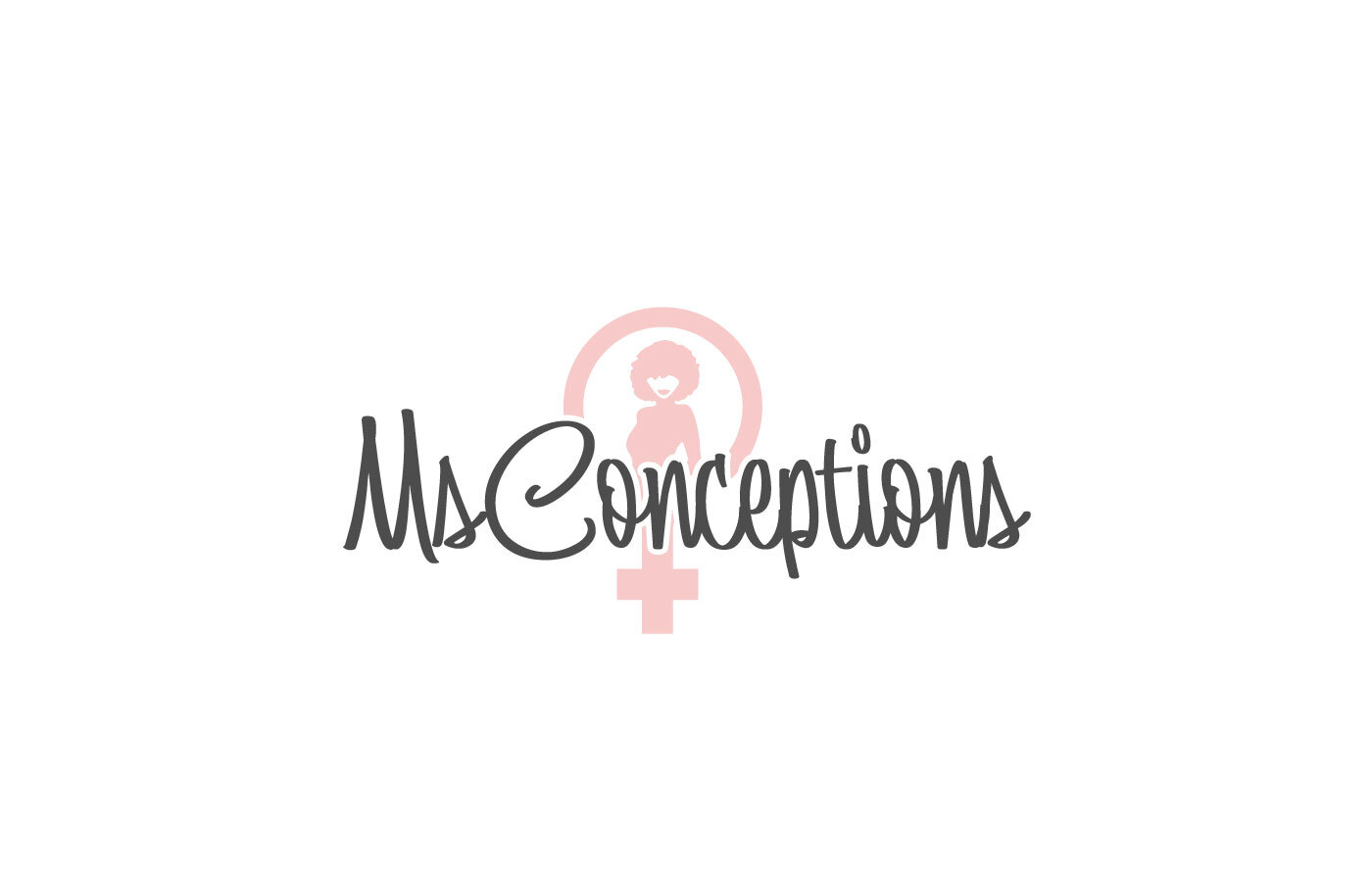Seasonal Affective Disorder
The change of the seasons from Summer to Fall bring a captivating array of greens, yellows, oranges, and reds. Every year picturesque fall foliage draws people in to take pictures or just absorb the beauty of nature. The change from Fall to Winter brings cooler temperatures and, in some parts of the world, naked trees covered in a blanket of snow. These scenes can be tranquil and comforting but for some, these changes in seasons are a beacon of something far less wonderful…seasonal depression. This seasonal depression is called Seasonal Affective Disorder (SAD). What is Seasonal Affective Disorder?
Symptoms include:
Fatigue
Feelings of sadness or depressed mood
Appetite changes, eating more or less food
Increased sleep
Feeling a loss of energy despite sleeping increased hours
Feelings of worthlessness or guilt
Difficulty concentrating, thinking, or making decisions
Thoughts of death or suicide
Symptoms of SAD typically occur between the Fall and Winter months when days are shorter and there is less sunlight. Symptoms begin to improve in the Spring as the days lengthen and there is more sunlight. Research suggests SAD is linked to a biochemical imbalance in the brain triggered by shorter days and less sunlight. Shorter days also shift our biological internal clock or circadian rhythm (another reason to hate daylight savings time on November 1st ) that throws off your daily schedule.
If you’re experiencing any of the symptoms above your next question may be: How can I manage SAD? There are several treatment methods that have shown success in treating SAD symptoms. Recommended treatment includes light therapy, traditional talk therapy, medication, or a combination. Light therapy is how it sounds. It’s an exposure to light for a specified amount of time per day during the Fall and Winter months. It helps manage intensity of symptoms. Please talk to your doctor, therapist, or psychiatrist about light therapy and don’t try this on your own.
Talk therapy is also helpful to manage SAD. Therapy can help in many areas of life and SAD is no exception. If you’d like to find a therapist go to Psychology Today, your insurance carrier’s provider directory, or EAP (Employee Assistance Program) services if offered by your employer. If you’re not insured or have state funded insurance, i.e. Medicaid, consider a community mental health agency for therapy support. If you’re experiencing severe symptoms including suicidal thoughts, call the National Suicide Prevention Line at 1-800-273-TALK (8255), talk to your doctor, or go to your nearest emergency room for help.
If you’re not interested in light therapy or talk therapy or are already doing one of these things, explore medication as an option with her doctor.
Lastly, go play…. safely! Do things that are fun and relaxing with your friends, family, and solo. Dinner at home, watching sports, knitting/crocheting, reading, etc. Pick up a new hobby or revisit an old hobby, learn a new language, or exercise. There are positive benefits of all of these activities on your mood. Suffering in silence year after year does not need to be an option. Ask for help, put your resources to use, and start enjoying the gifts of each season!


